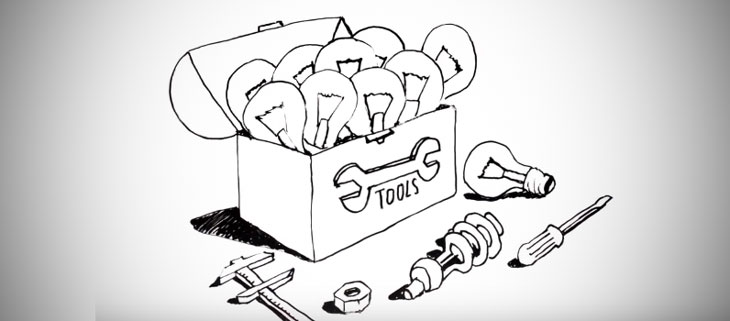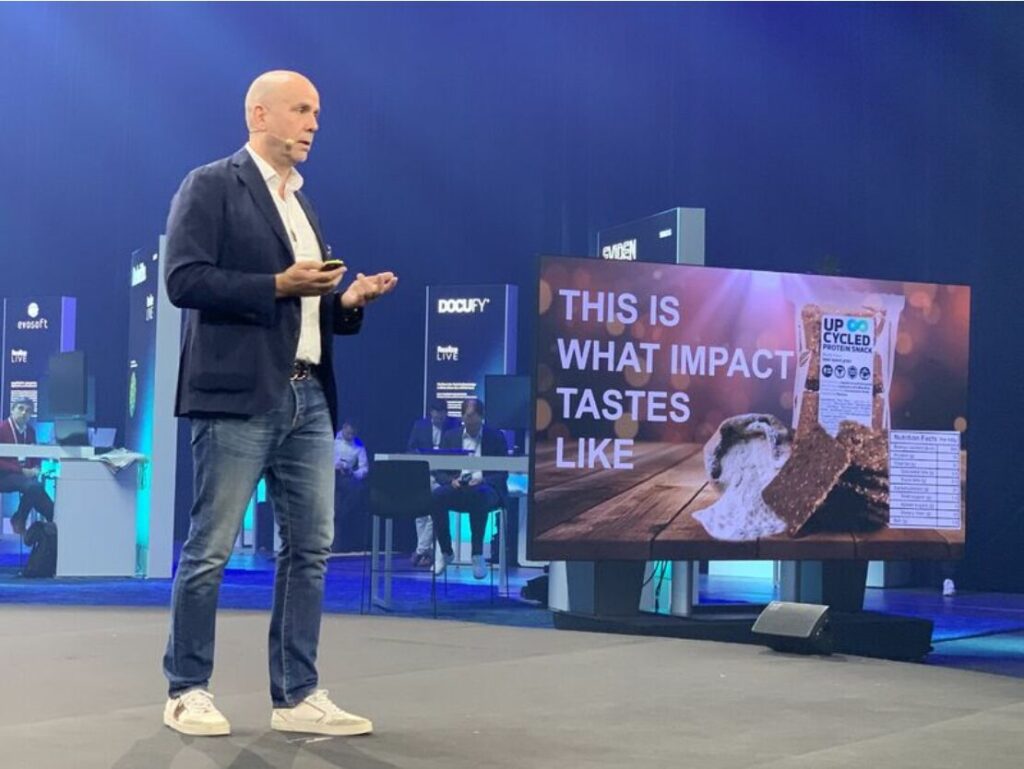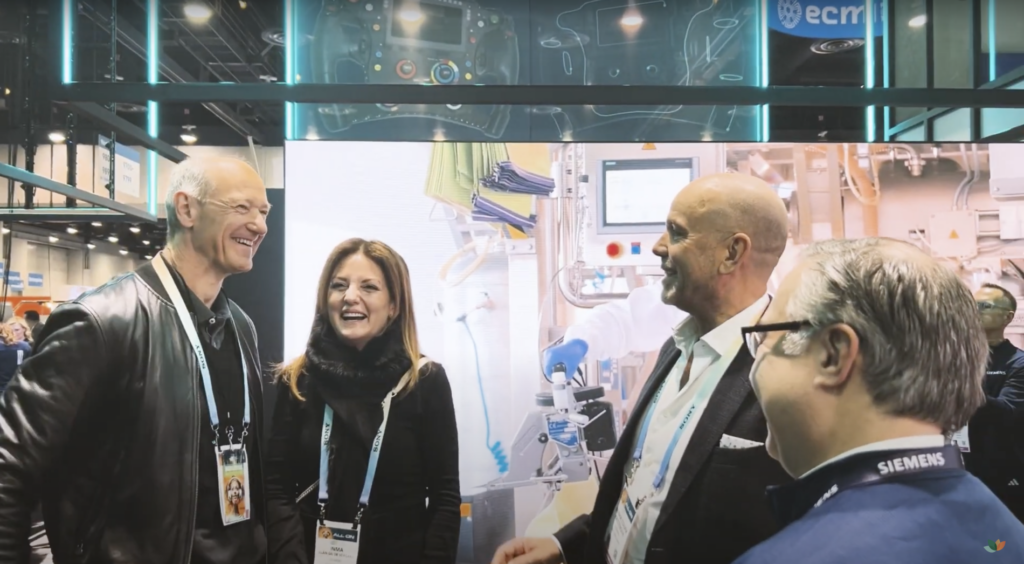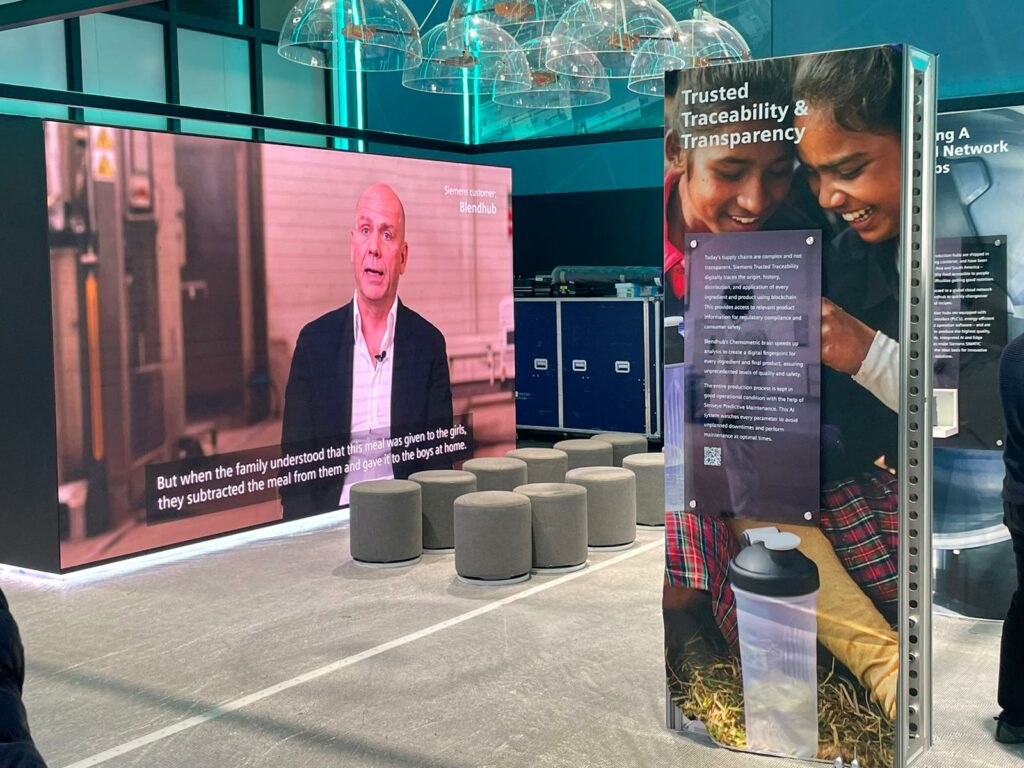There are many formal and informal practices and corporate activities which are included within the paradigm of open innovation. Companies have to constantly explore their environment to find new ideas, but also exploit them effectively and find value in their collaboration activities to bring new products and services into the market. To do this, most voices agree that a culture of innovation is essential but then arises the question: When and how does a company really capitalize an open innovation strategy? Touching on these issues, I found a really interesting work by Andy Cosh and Joanne Jin Zhang, titled Open Innovation Choices. What is British Enterprise doing?.
This survey addresses issues such as practices and innovation options adopted by British companies, and the results they obtain. Some of them are the following:
Activities that can support an open innovation strategy
- Hunting. Seeking external knowledge.
- Cultivating. Engaging in collaboration and partnerships.
- Taking advantage. Transferring knowledge and technology to others
Open Innovation practices and strategy
- Traditional. These companies have a few formal collaborations and do not make external transfers. According to the study, they were in the bottom half of firms surveyed in terms of their use of external knowledge.
- Hunting-cultivating. These companies do not make external transfers, but engage in external sourcing of knowledge and in formal collaborations more actively.
- Ambidextrous. They transfer knowledge and technology externally and also engage in hunting and cultivating.
Some associations and open innovation results
- Open innovation is strongly associated with higher levels of innovation activity.
- Open Innovation relates more with hunting‐cultivating and ambidextrous, showing much higher levels of activity in terms of achieved innovations, number of patents and protection methods.
- Open innovation practices, both inbound and outbound, generate a superior growth and innovation performance.
- Open Innovation impacts on management and requires effective one. Capabilities in absorbing external knowledge and technology are needed as well as learning how to appropriate value from external collaborations.



